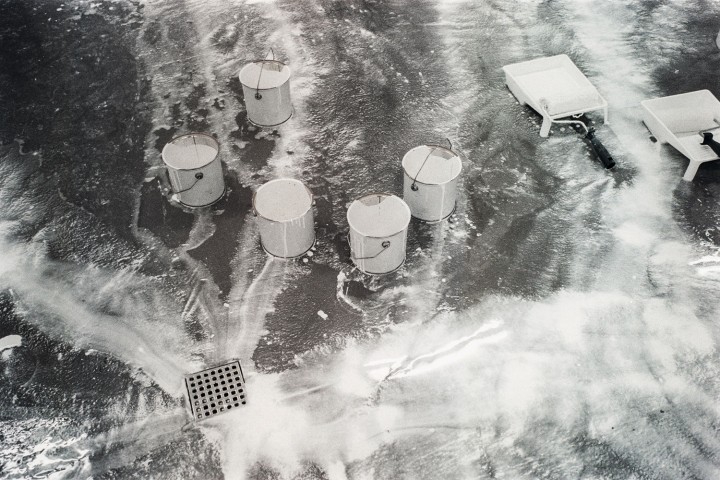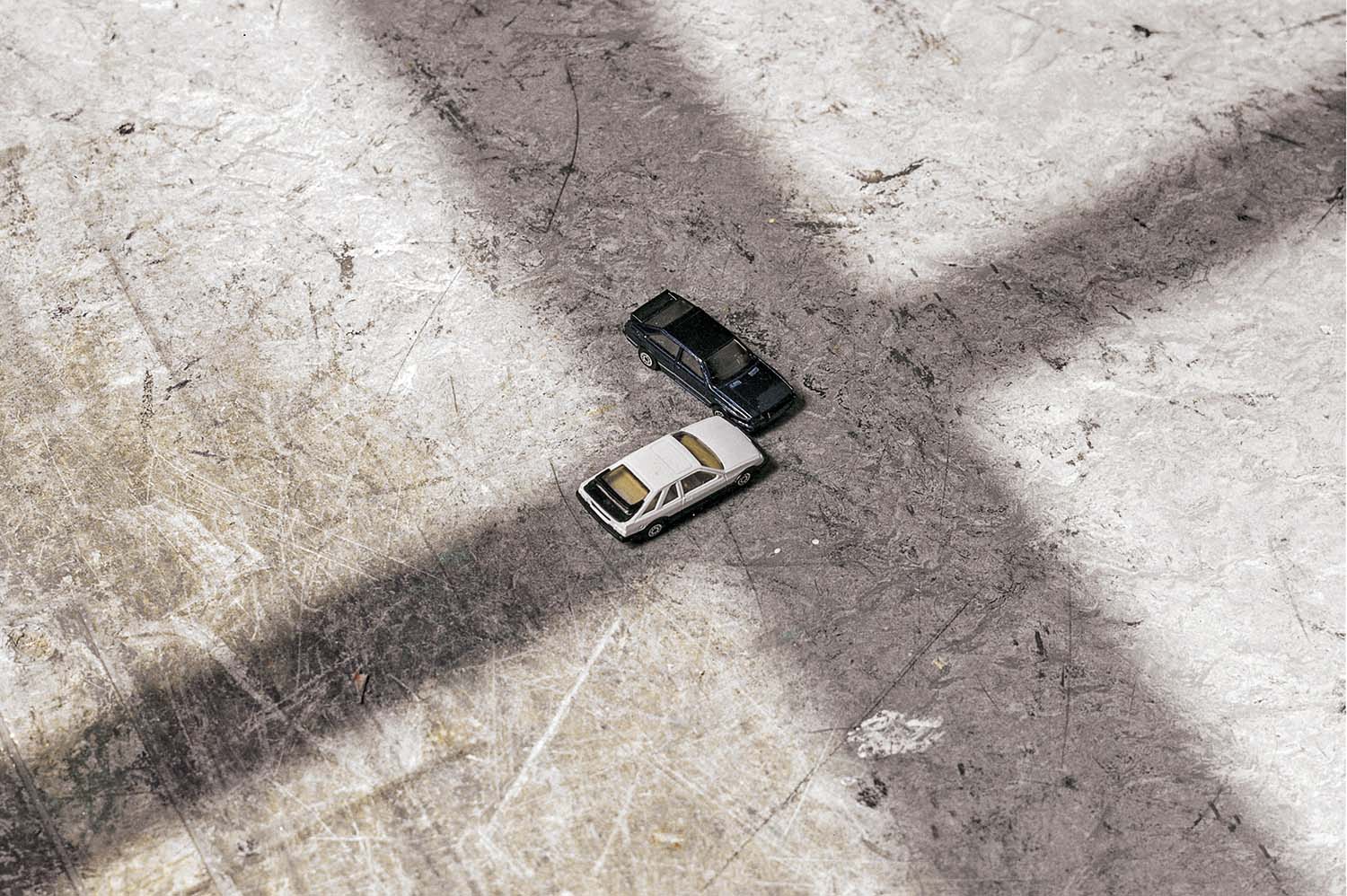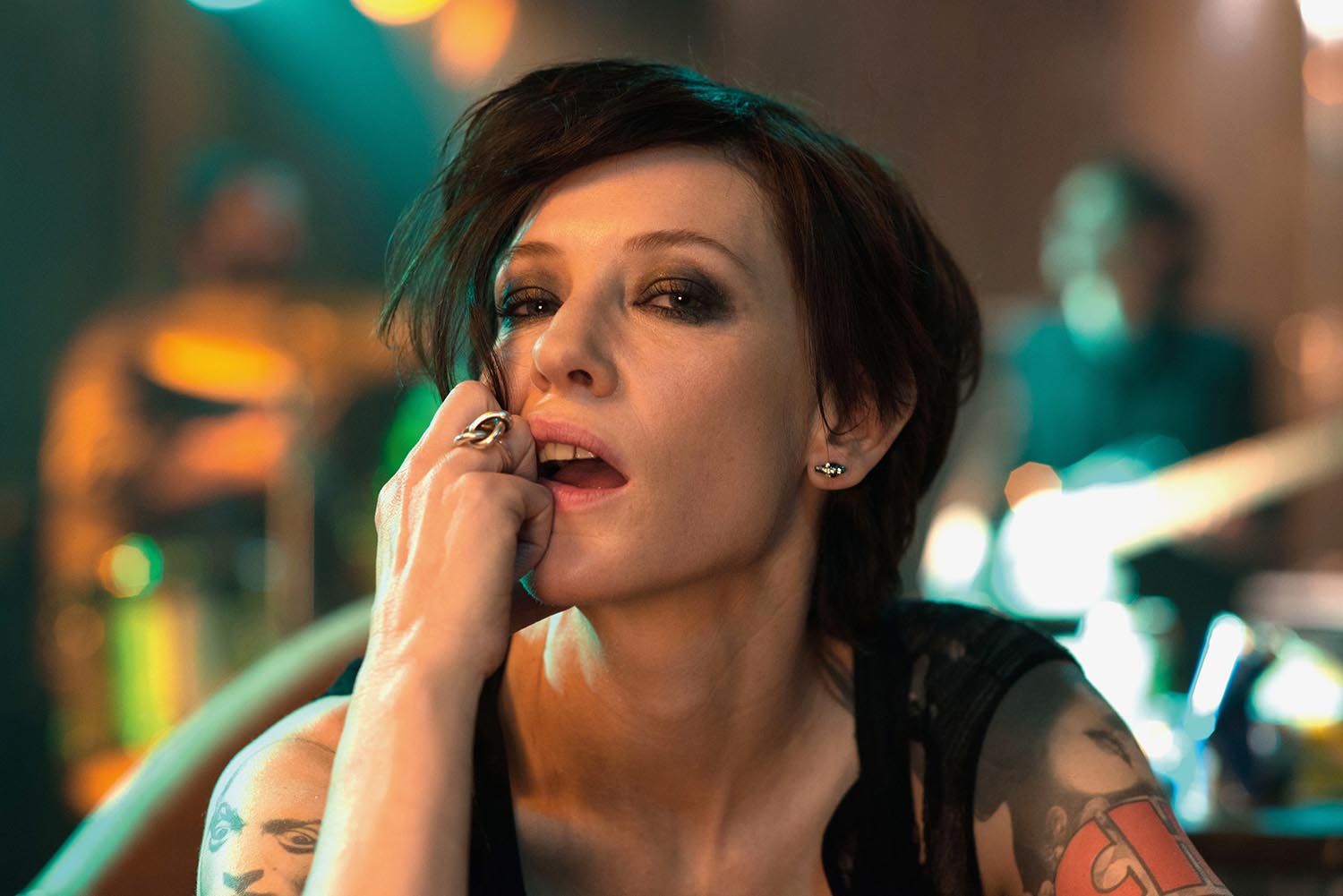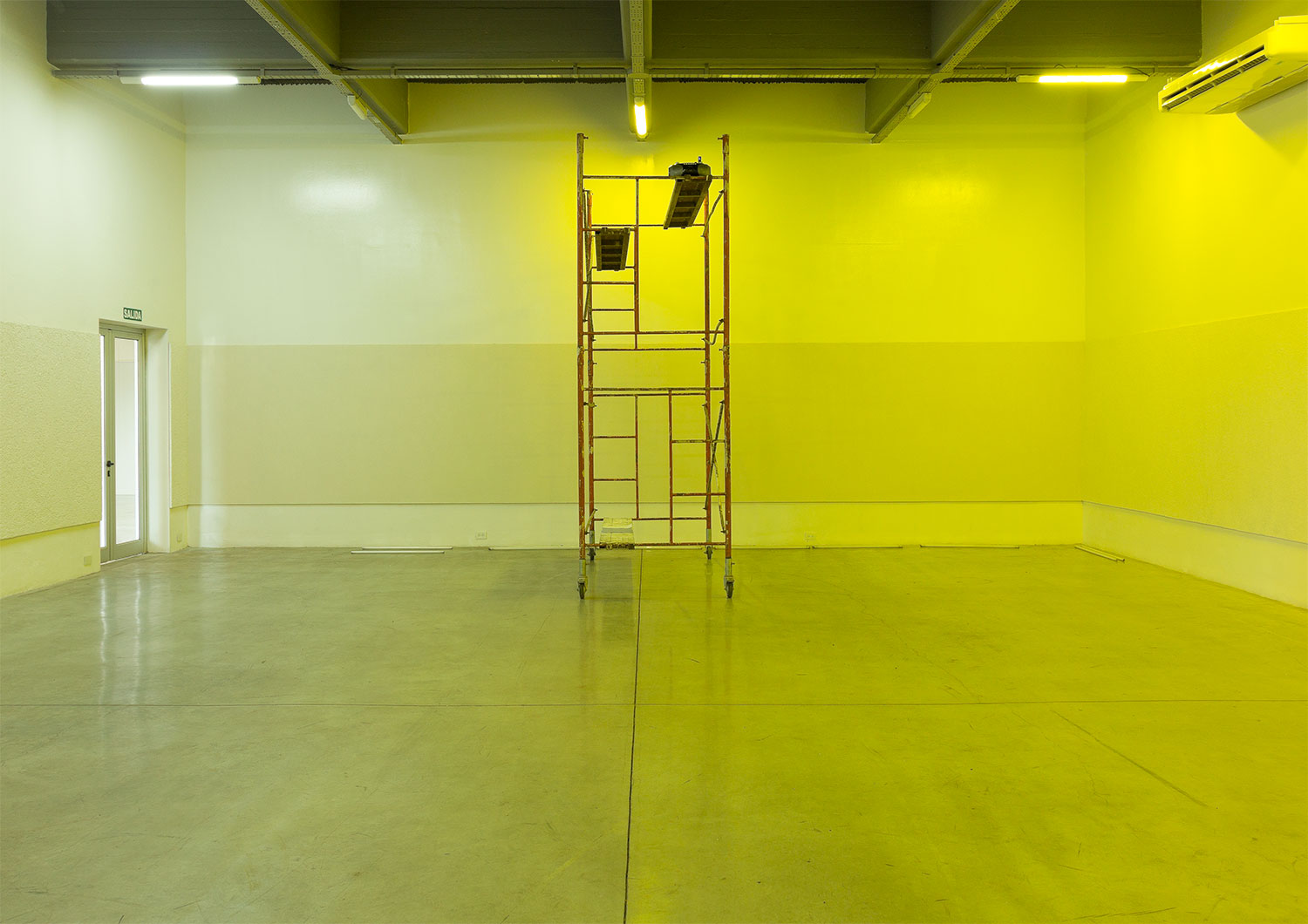As new artistic director at MALBA (Museo de Arte Latinoamericano de Buenos Aires), appointed last year, Augustín Pérez Rubio has chosen to begin his program with “Experiencia Infinita,” an intelligent survey of performative art featuring Allora & Calzadilla, Diego Bianchi, Dora García, Elmgreen & Dragset, Pierre Huyghe, Roman Ondák, Tino Sehgal and Judi Werthein.
How did you come up with “Experiencia Infinita,” your first show at MALBA? It’s both dense and wide-ranging, almost a study.
The selection comes from personal research regarding performativity. I’ve worked with several of the artists, like Dora García and Pierre Huyghe, and I knew Judi Werthein since she was invited for a project at MUSAC (Museo de Arte Contemporáneo de Castilla y León) in 2010, in Spain.
Tell me a bit about your work at MUSAC and its connection with the show.
The idea of a living museum intrigues me. I put together “Proforma” in 2010 with Txomin Badiola, Jon Mikel Euba and Sergio Prego. The museum was converted into an open studio, a place to produce knowledge. It consisted of thirty exercises and ran for forty days. As for my work at MUSAC, I worked there for ten years. We framed the collection to cover art produced from 1989 until the present. We need to think of the museum as a receptor of what’s happening around us in the 21st century.
“Experiencia Infinita” brings together works of contemporary art dealing with performativity. Might they also have been presented as an updated form of institutional critique?
Although the show doesn’t present itself as contemporary institutional critique, that is implicit in the works of Sehgal, Dora García, etc. I think it’s a matter of expectation. People come searching for something performative, and what they find are things we usually don’t pay attention to: works which deal with processes such as installing a show, or which focus on the museum’s staff. It’s not just about performance; it’s about the museum itself exercising a kind of self-critique.





